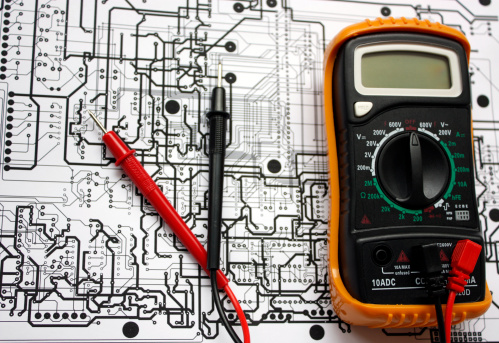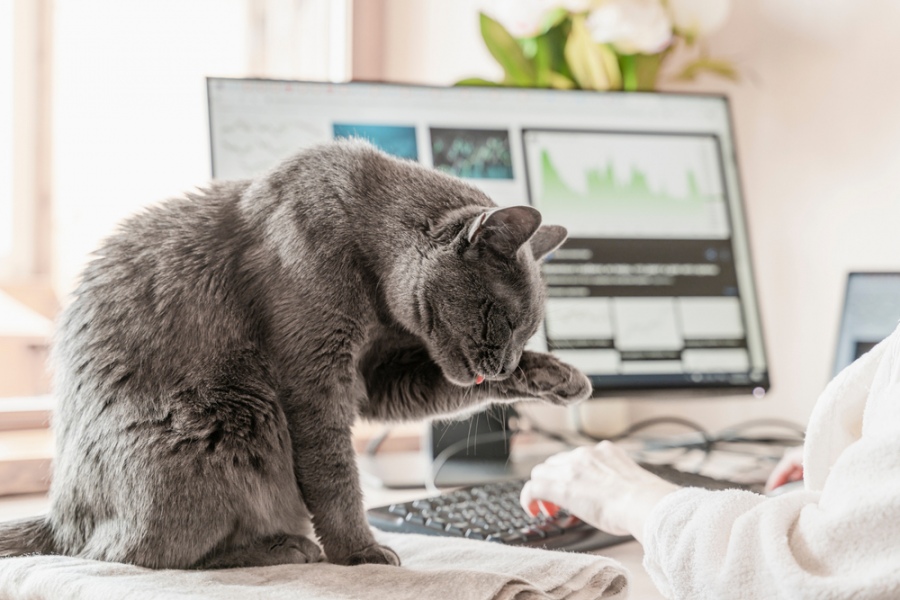Any electronics graduate will tell you that testing equipment is expensive but without it finding faults in electricity powered machines and other equipment is near impossible. While many people tend to think that you need a whole laboratory full of geeky looking gear with blinking lights and spinning dials the truth is that you just need a few items. There are different types of testing gear and this gear is also required if you want to start your own testing and tagging business.
A Logic Pulser
This is the most basic testing gadget and also comes in handy when you want to troubleshoot digital circuits. The pulser is used to time input and output digital pulses which lets you see the effect that a pulse has on the circuit. A pulse simply means a signal which alternates between low and high very rapidly. At times these pulses are used to trigger a part of the circuit which may not be working. A pulser is normally used with an oscilloscope and logic probe in the testing industry.
The majority of hand held pulsers will draw their power from the circuit itself. This is a very important fact to keep in mind because with digital circuits you do not want to present any type of input signal which is higher than the supply voltage of the device. So for instance, if a chip is being powered by 5 volts you don’t want to give it 12 volts.
When testing sensitive equipment you do not want to pulse any line with an output but without an input. There are some ICs that are highly sensitive to unloaded pulses and so this can destroy the chip. A tester will first need to study the equipment or machine prior to checking it for pulse irregularities.
Frequency Counters
Frequency counters help a technician to test the frequency of each signal. This is often used to verify that a circuit is operating as it should. For instance, an infrared transmitter which is supposed to output 40,000 cycles every second or 40KHz can be verified and then a sticker or tag can be stuck on the gadget accordingly. Most models of frequency counters can be used on both analog and digital circuits. However, in digital circuits the signal range is between 0 to 12 volts. The overall voltage can vary quite a bit in analog circuits. If you want a frequency counter that can measure very high limits then you’ll need to opt for a prescaler feature, which is especially used for testing computers and radio gear.
A Power Supply
Any tester worth his salt will need to invest in a reliable power supply that will replace batteries in a device. It can also be used to inject input voltage in otherwise equipment which may seem to be underpowered. For a tester a power supply is used to test the input limits of a circuit so that an accurate voltage rating can be added to the device.
A Sweep Generator
A sweep generator is a lot like a function generator but with a twist. This gadget produces a number of signals that are different from what you’ll get from a standard generator, so it sweeps the signals from the bottom up. It does not only sweep but it can find frequency issues with circuits. So, if a circuit is sensitive to a specific frequency this gadget will detect and tell you about it. In sensitive electronic equipment even the slightest frequency issues can use the circuit malfunction or not produce the desired output. Testers will often suggest that their clients either fix the frequency issue found with the circuit or they will tag the appliance stating its frequency sensitivity.
Static meter
Static electricity can cause all sorts of problems with sensitive electric appliances. Many times circuits are damaged because they are improperly grounded against static electricity. Testers will use a static meter to find out as to how much static electricity the circuit can handle. If the readings are high then steps need to be taken in order to reduce it. In the testing and tagging industry this is perhaps one of the most important tools, not to mention the fact that it’s also used by repair personnel.
Mark has a degree in electric engineering from the University of NSW. He is a testing expert and currently runs his own test and tag service based in Sydney.





